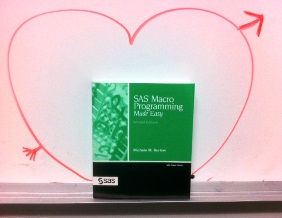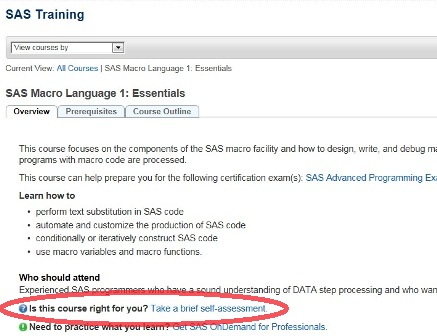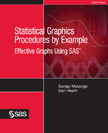
As SAS user Marje Fecht said "We all want a 'SAS programming assistant' to help us complete our jobs more quickly." Fecht, Senior Partner at Prowerk Consulting, then went on to say "In her book SAS Macro Programming Made Easy, Second Edition, Michele Burlew encourages us to take advantage of the SAS













